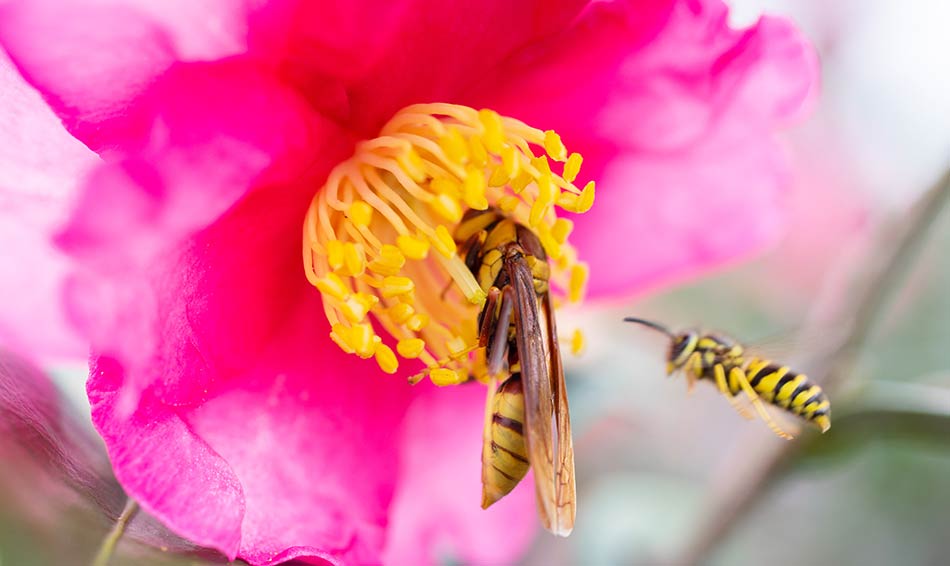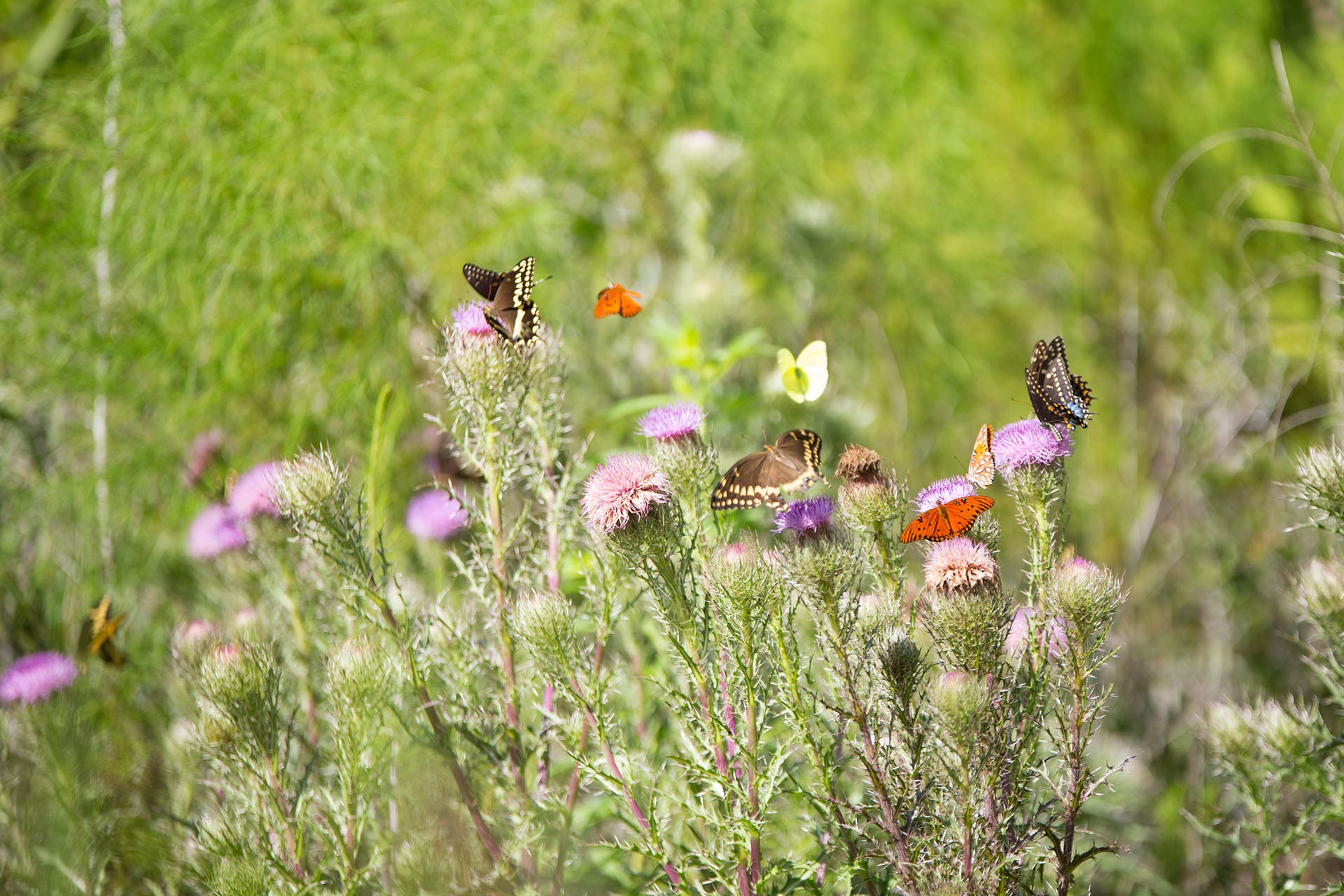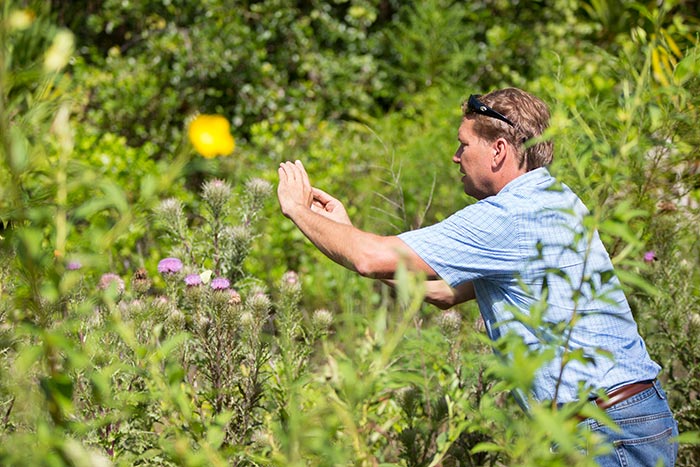Pollinators are a hugely important part of our ecosystem. It’s hard to believe, but without pollinators like birds, bees, and butterflies the human race wouldn’t have very much to eat. This is because many of our crops are required to be pollinated in order to grow and reproduce. The good thing is that there are many ways we can attract pollinators to our homes and help take care of our local ecosystem.
The unfortunate thing is that many pollinators are at risk because of things like pesticides, drought, habitat destruction, nutrition deficit, air pollution, and global warming. And since we want to do what we can to take care of our pollinator population, we want to share some of our favorite tips for attracting and caring for pollinators!

Stop Using Pesticides
Even though pesticides are designed to kill pests and insects that harm crops, which can be a good thing, they also have some negative consequences. Pesticides are dangerous chemicals that can harm or even wipe out entire species of pollinators. Luckily, there are many organic options that can replace harmful pesticides.
For example, “soft chemicals” like soap and stinging nettle can be enough to get rid of most harmful pests and insects and they won’t harm you or our pollinator friends. Certain plants like lavender, petunias, and chives can also repel some insects. Additionally, some predators like ladybugs love munching on plant-eating insects, like aphids.
Nourish Your Pollinators
Bees pollinate 80% of all of our crops so you can imagine it’s a pretty tiring job. Sometimes during the summer months it can be hard for bees and other pollinators to get enough water, which is why having a bird bath or a drip irrigation line in your garden is a good idea. Just make sure you place rocks or other objects in your birdbath to break the water for the thirsty pollinators.
Even though bees feed on nectar and pollen, getting a salt lick, or a mineral lick, for your pollinators can be a great way to provide important minerals to them. For bigger animals, salt licks can be an actual block of salt, but for bees and butterflies it’s better to just mix some sea salt into a shallow puddle (or bird bath) in your garden. A little bit goes a long way!
Plant Nectar-Producing Plants
Like we mentioned earlier bees and many other pollinators feed on nectar, which means the more nectar-producing plants the better. Generally speaking, pollinators love flowers with open centers. Also, most pollinators get their nectar from trees and bushes since they have more flowers.
So some of our favorite pollinator-friendly plants include:


